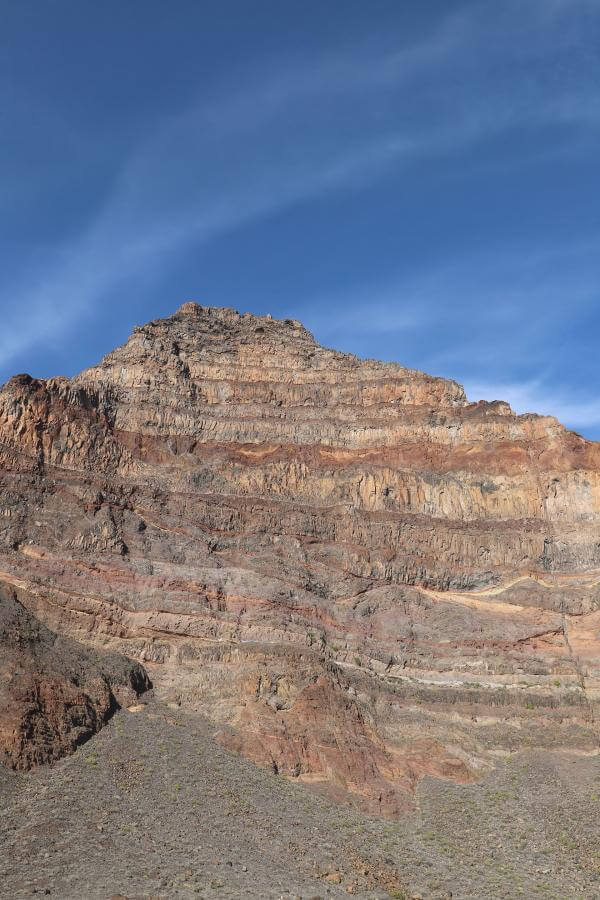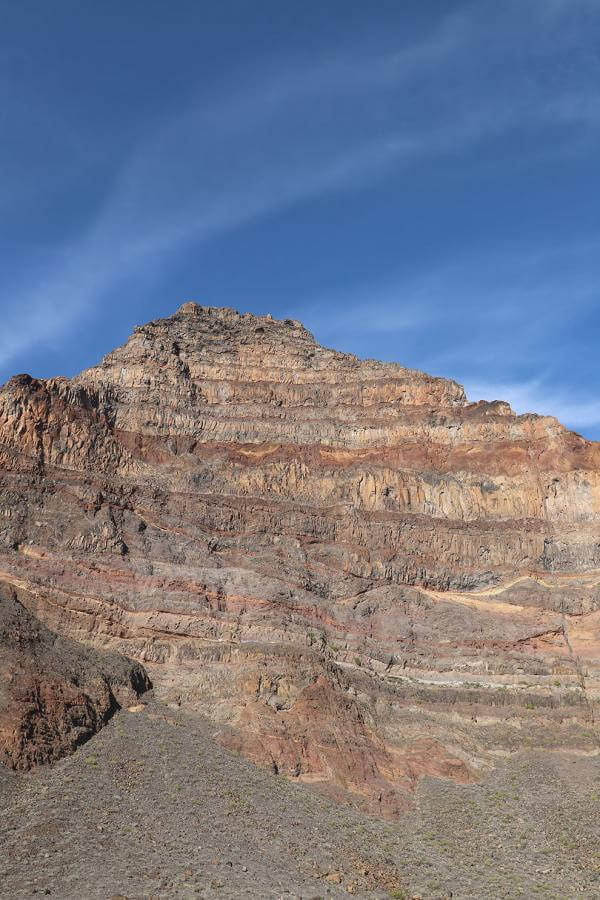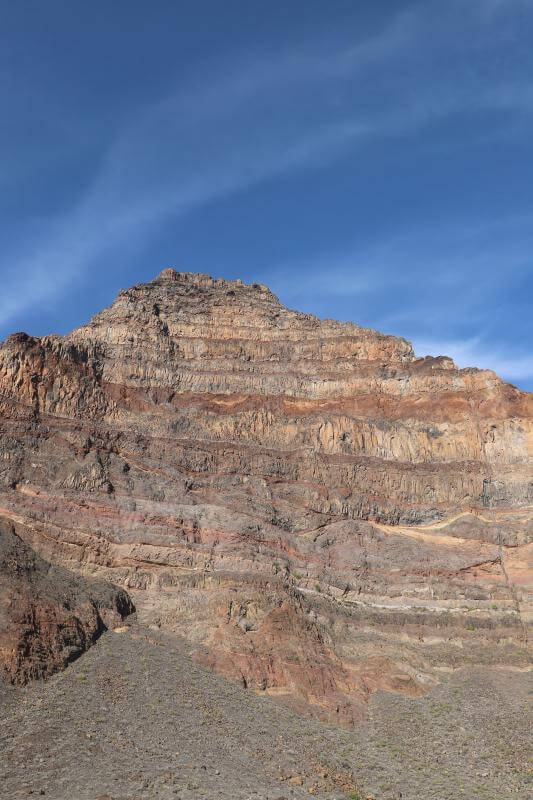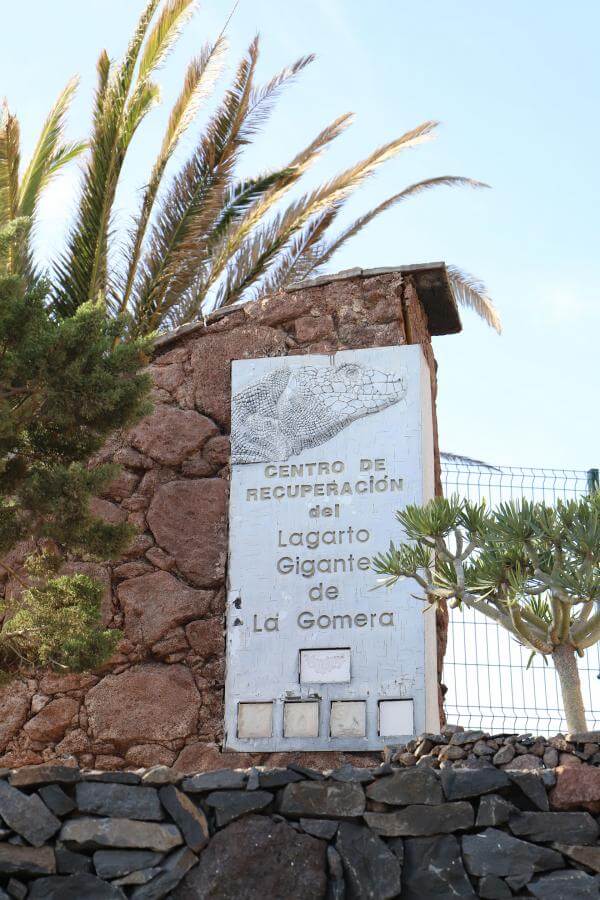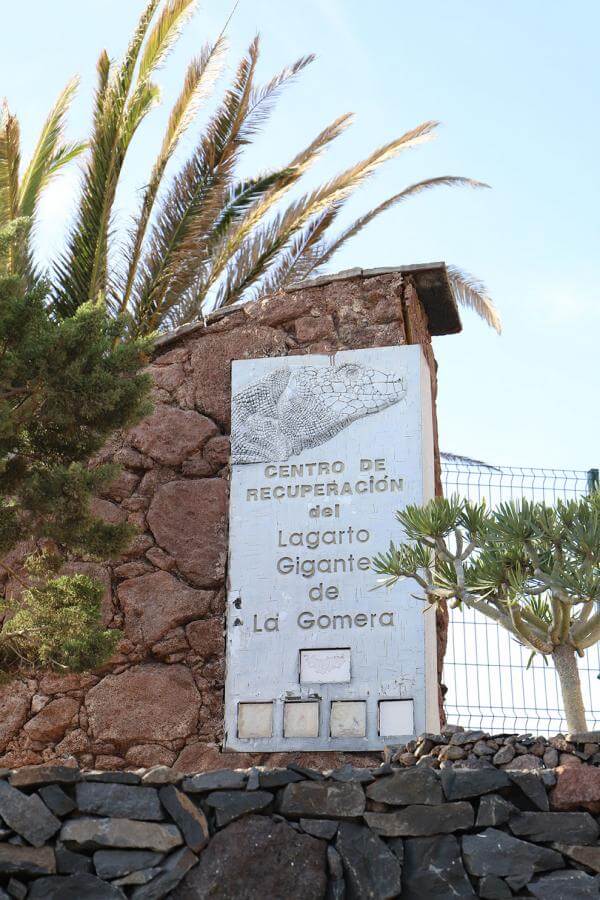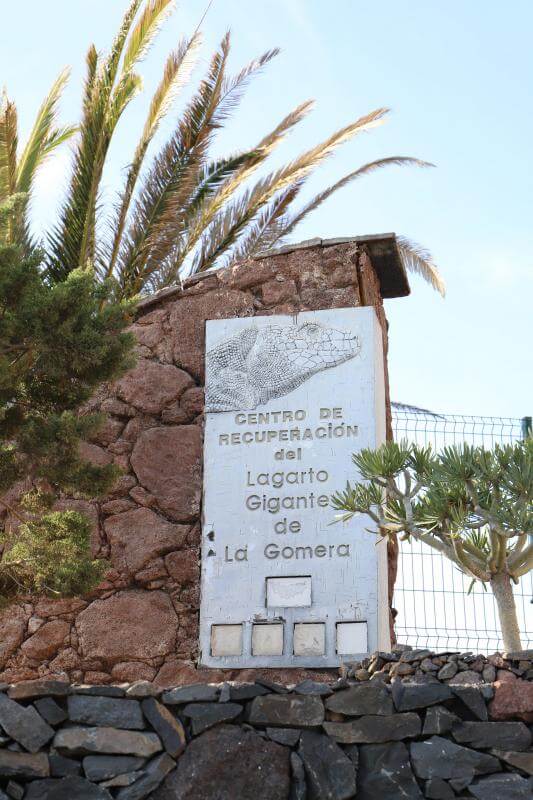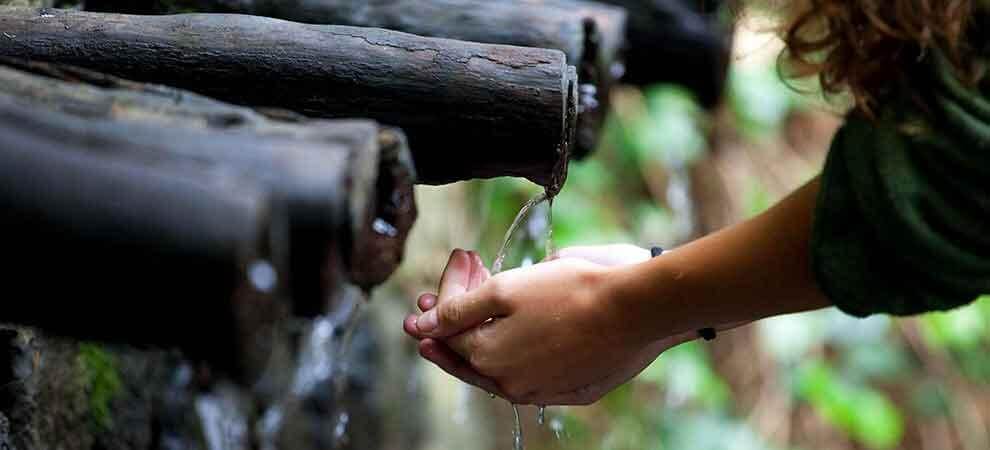Declared a Biosphere Reserve by UNESCO, La Gomera is one of the greatest ecological jewels in the world for the richness of its natural biodiversity. It is the European region with the highest rate of endemicity, with two endemisms per square kilometer. Its 17 Protected Natural Spaces comprise a legacy that acquires greater value due to its volcanic nature, its geographical location, its special morphology, its altitude and the goodness of its climate. Almost round in shape, its barely 370 square kilometers are home to vertiginous ravines and daydream valleys that lead to the sea. It also has good weather all year round thanks to the trade winds. So the isolation of La Gomera has been a blessing for the species of flora and fauna that remain in this temple for conservation. From Garajonay Peak, at an altitude of 1,487 meters, to the sea, it is a privilege to take in the island on foot, through its more than 600 kilometers of trails, or by bicycle through its almost 92 kilometers of marked cycling routes.
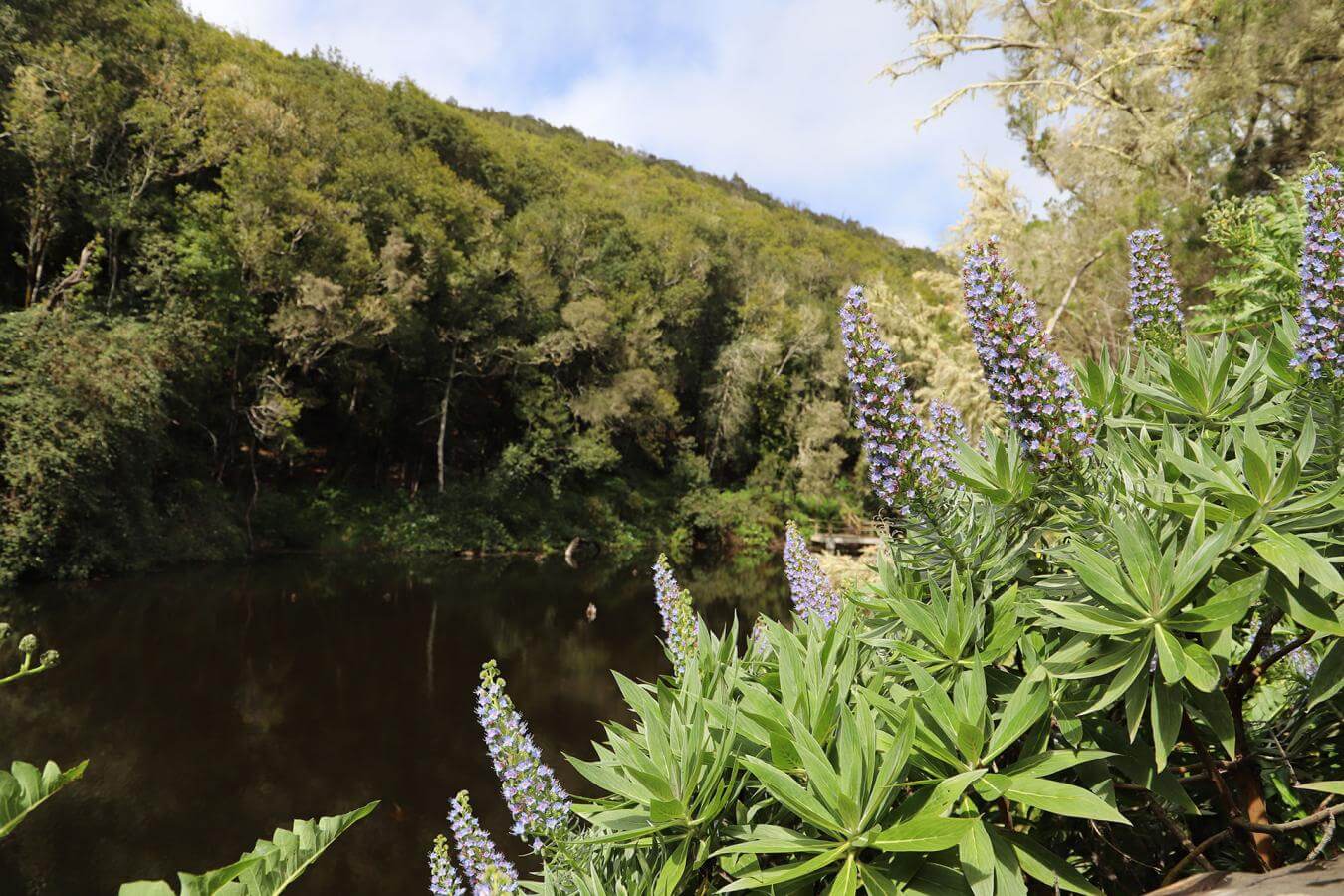
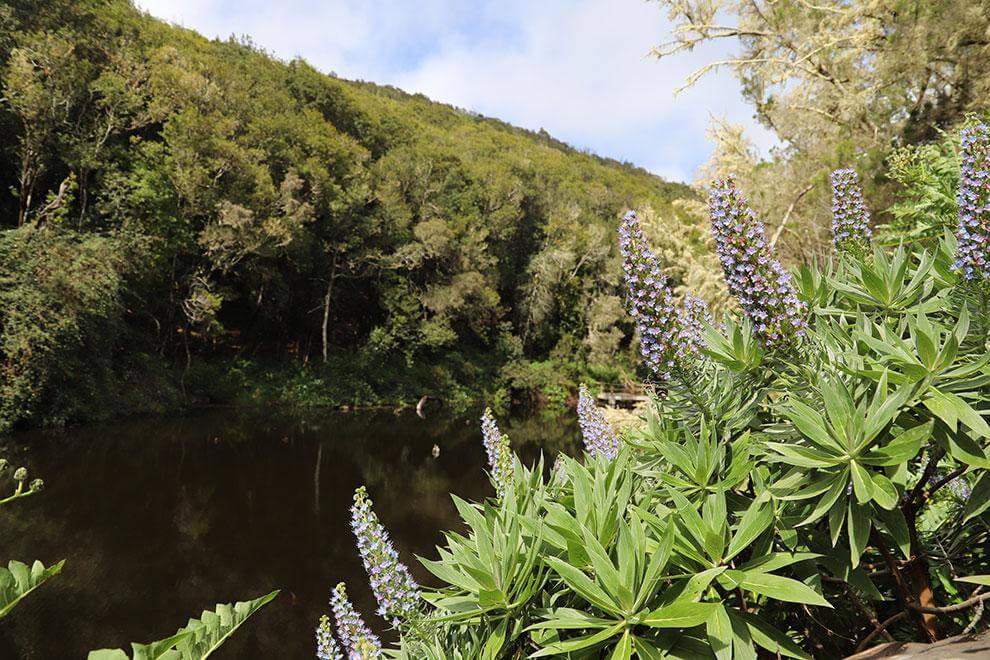
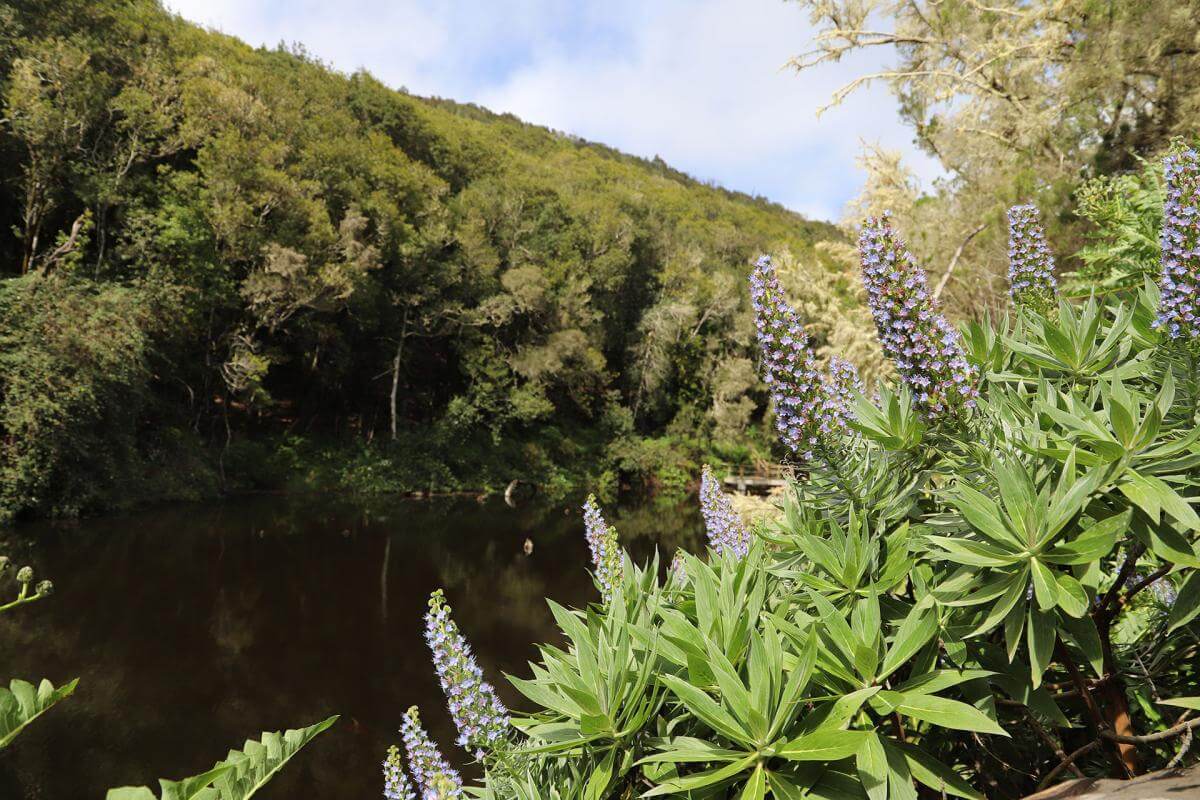
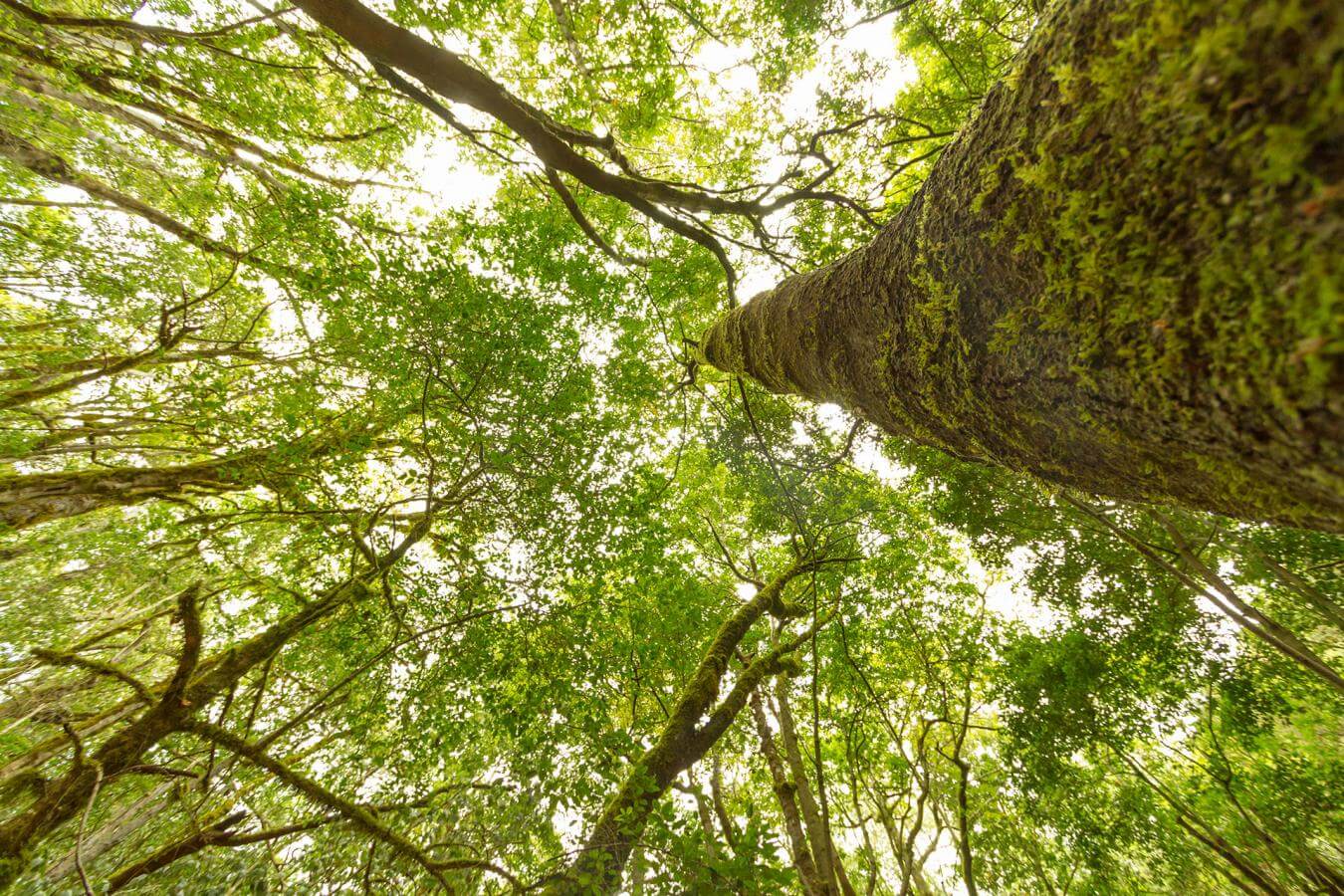
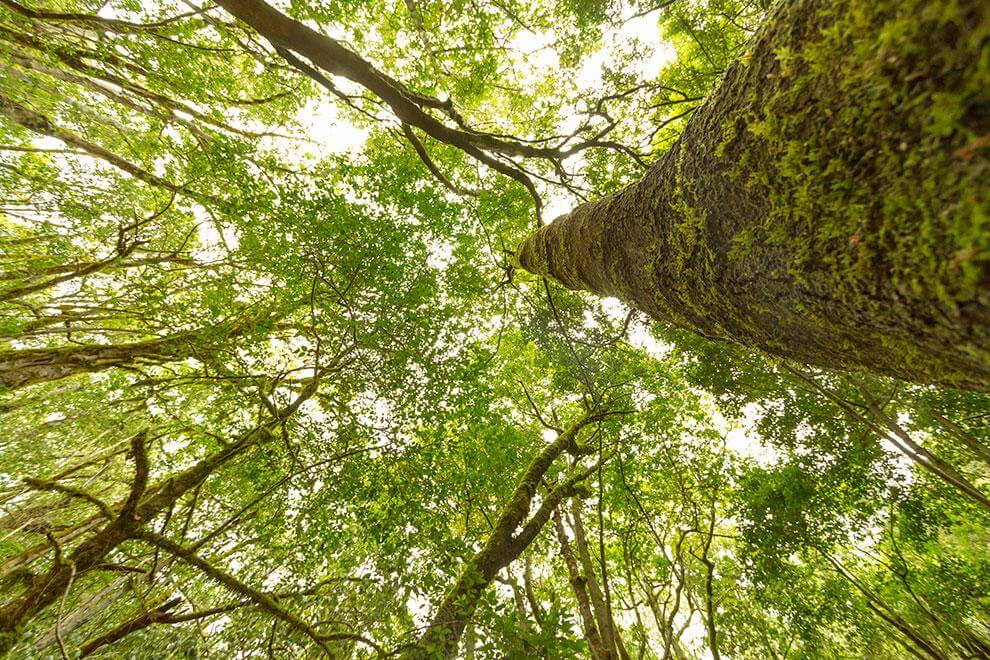
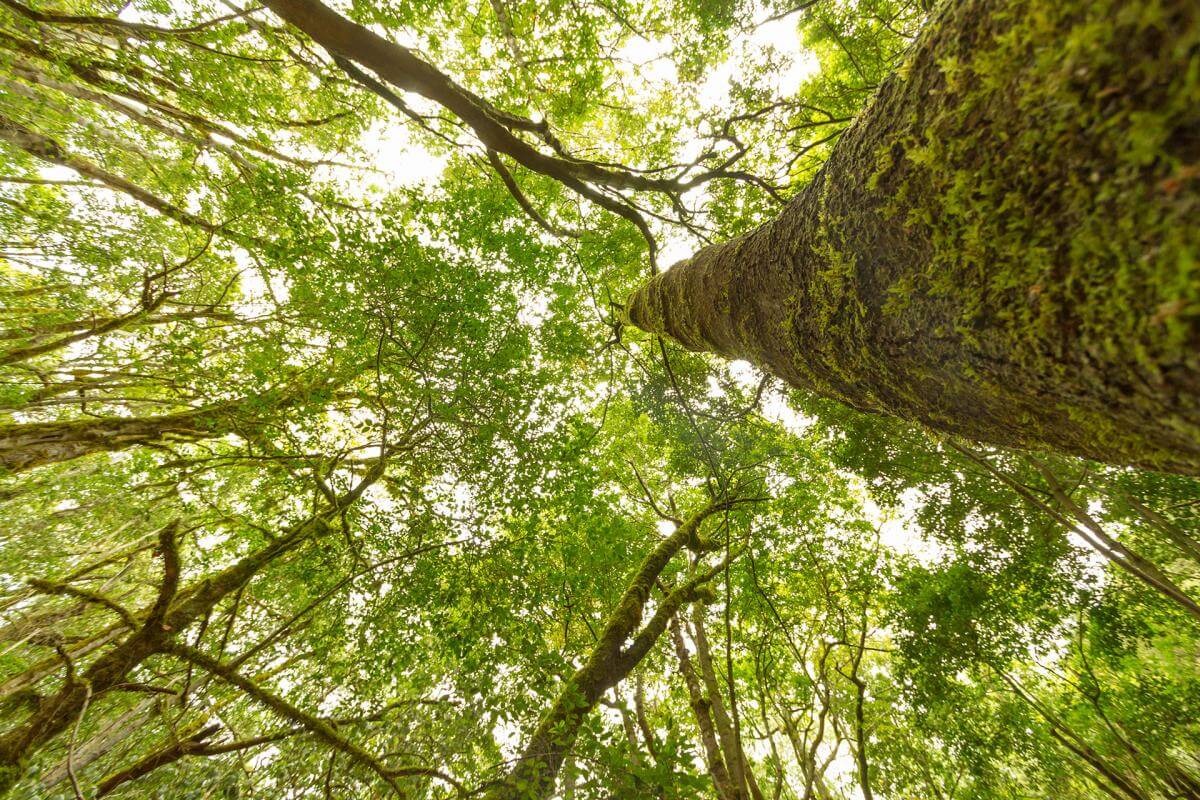
More than 1,000 Endemic Species
La Gomera is an ark of animal biodiversity. It is home to 4,182 terrestrial species, of which 1,021 are endemic. Of this number, 25 percent, some 264, are exclusive to the island. They are found in three major terrestrial ecosystems: coastal scrubland, thermophilic forests and pine forests. At sea level, the richness of species will surprise us if we follow the Camino Natural Costas de La Gomera (GR-132), which can be consulted in the Info La Gomera App. The route of the Sabinares in the municipality of Vallehermoso allows us to distinguish all the splendor of the thermophilic forest, which extends in areas under the influence of the sea of clouds, due to the trade winds. Thanks to them, on the island we find species such as the palm grove or the retama and large extensions of monteverde, composed of laurel forest, a treasure of the Tertiary Era and of the island, which protected in Garajonay National Park. Likewise, it is also one of the few places in the world where natural pine forests are found at higher altitudes than the monteverde. They live associated with rocks, as in the area of Roque de Agando, in San Sebastián de La Gomera, in Roque de Imada, in Alajeró, or in Roque Garabato, in Vallehemoso.
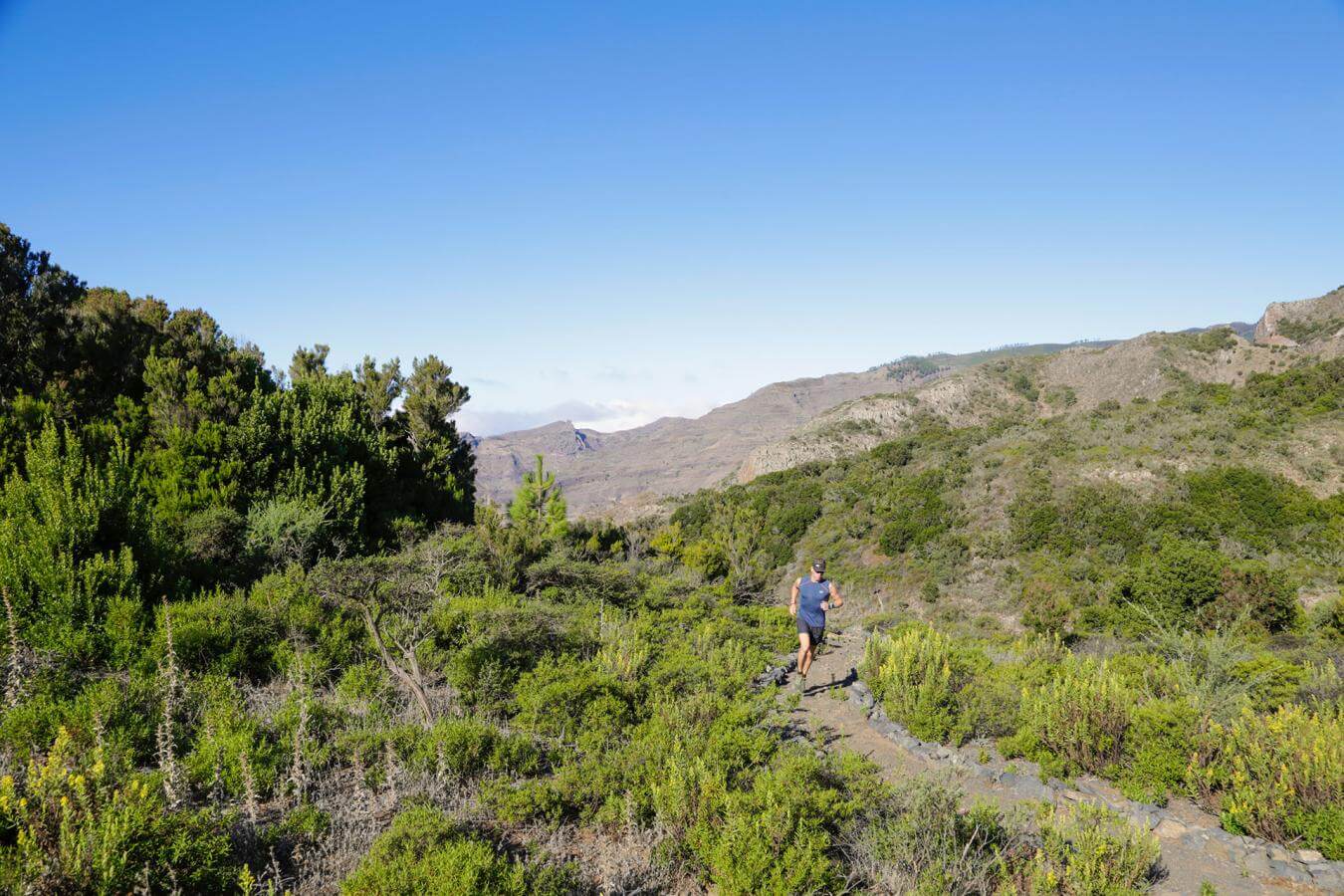
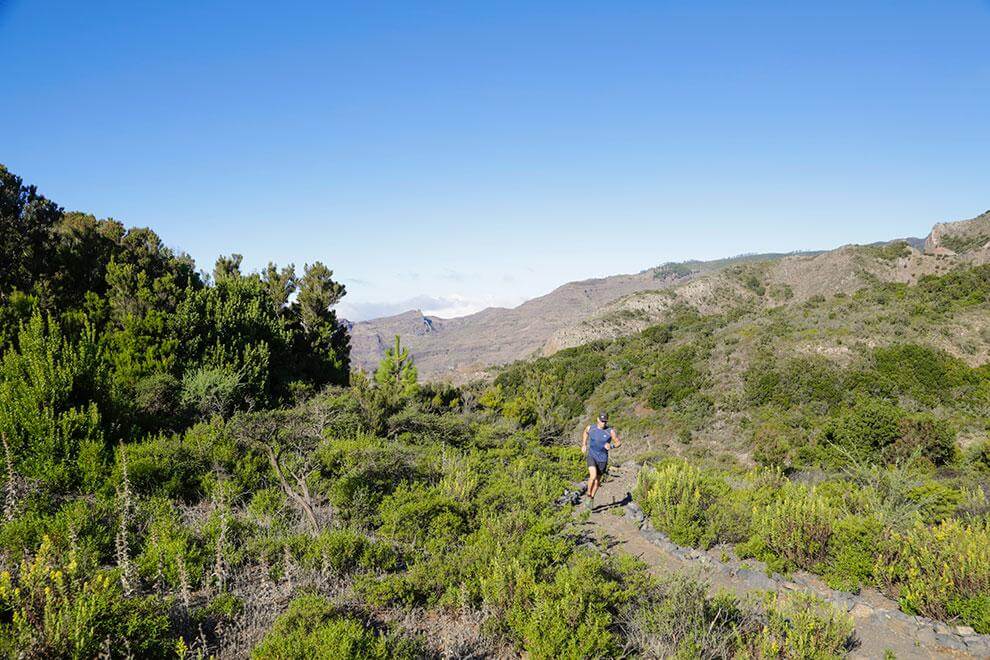
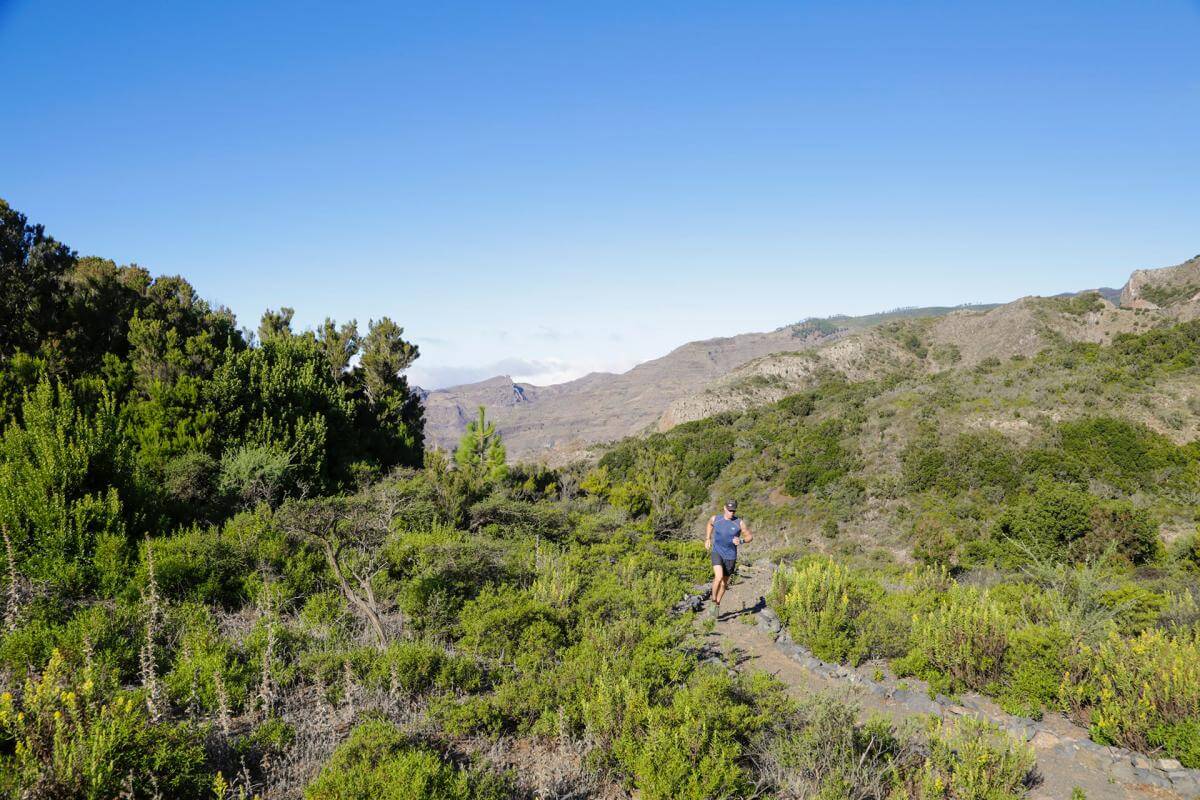
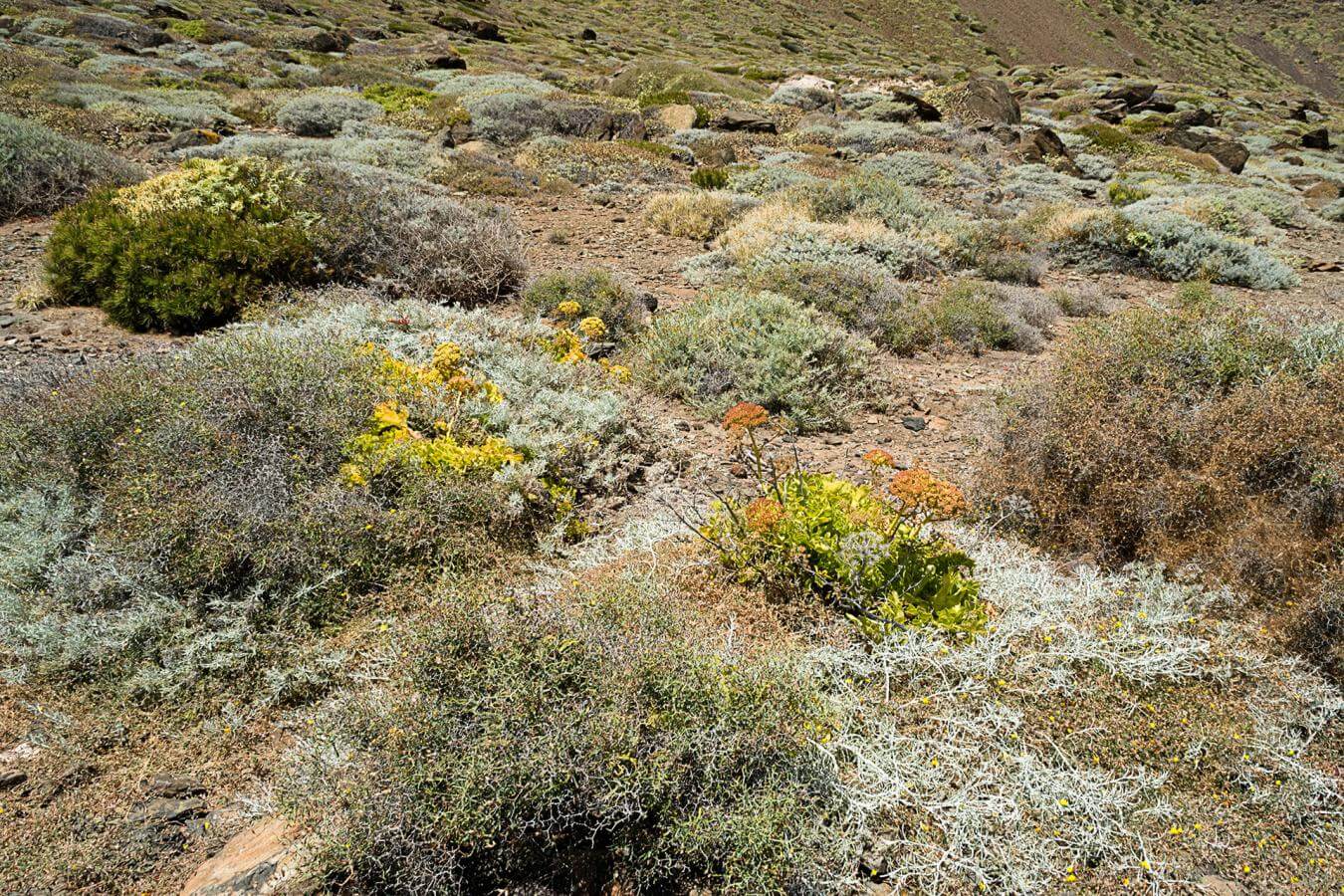
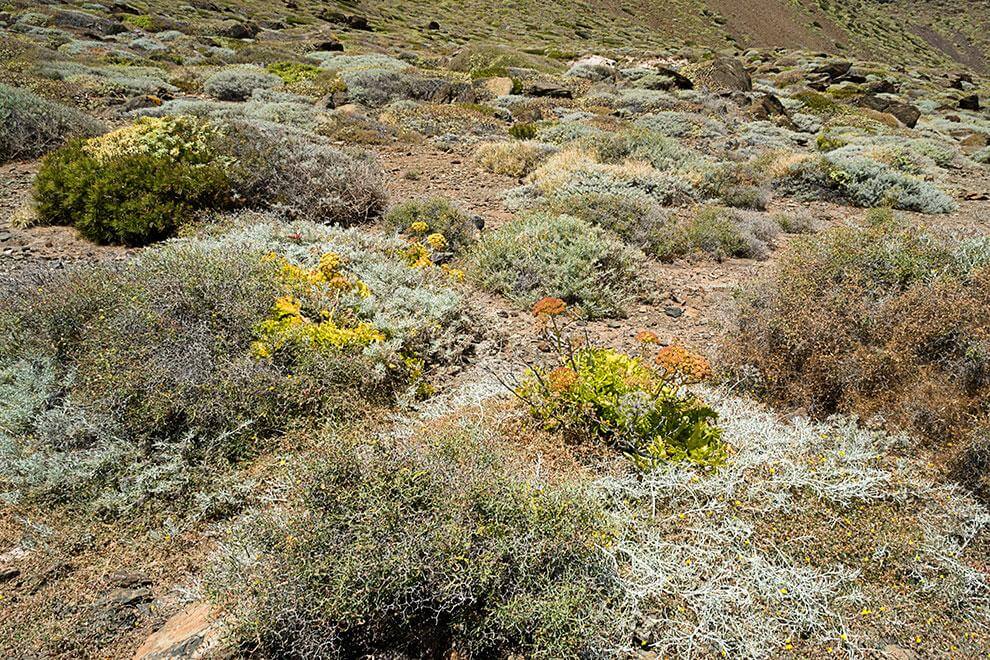
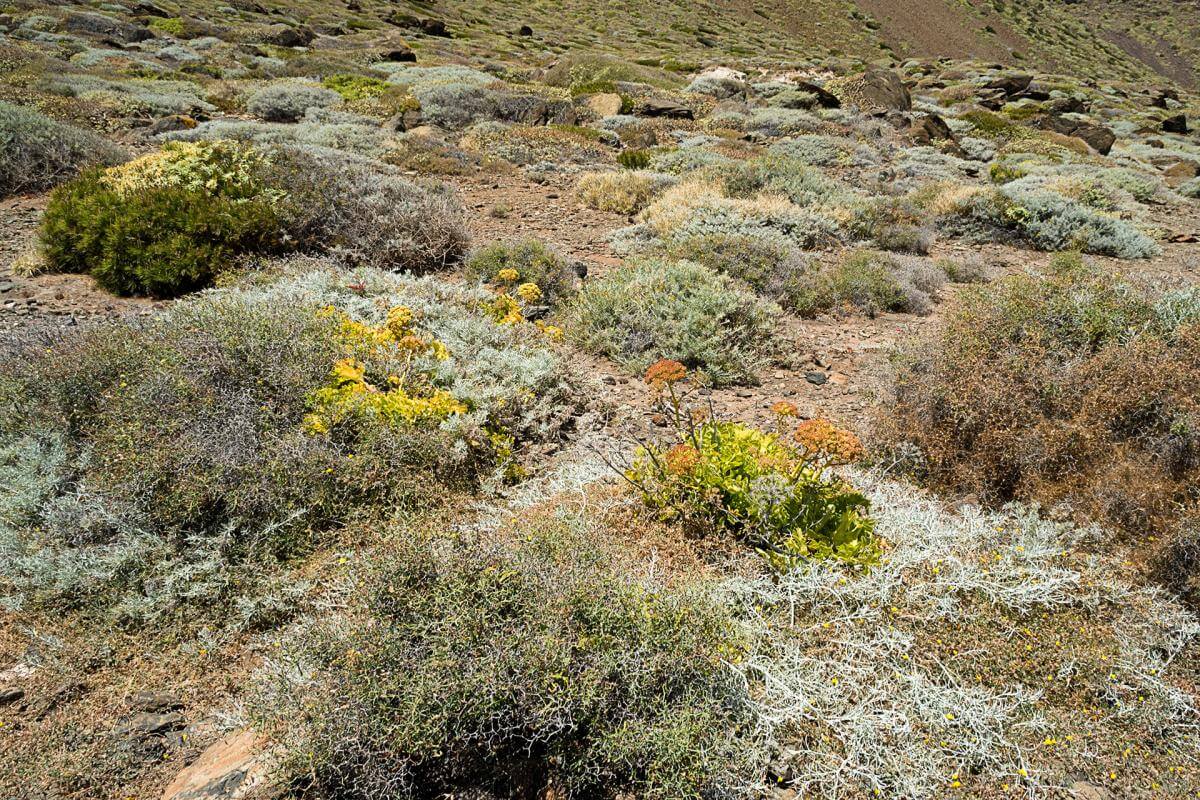
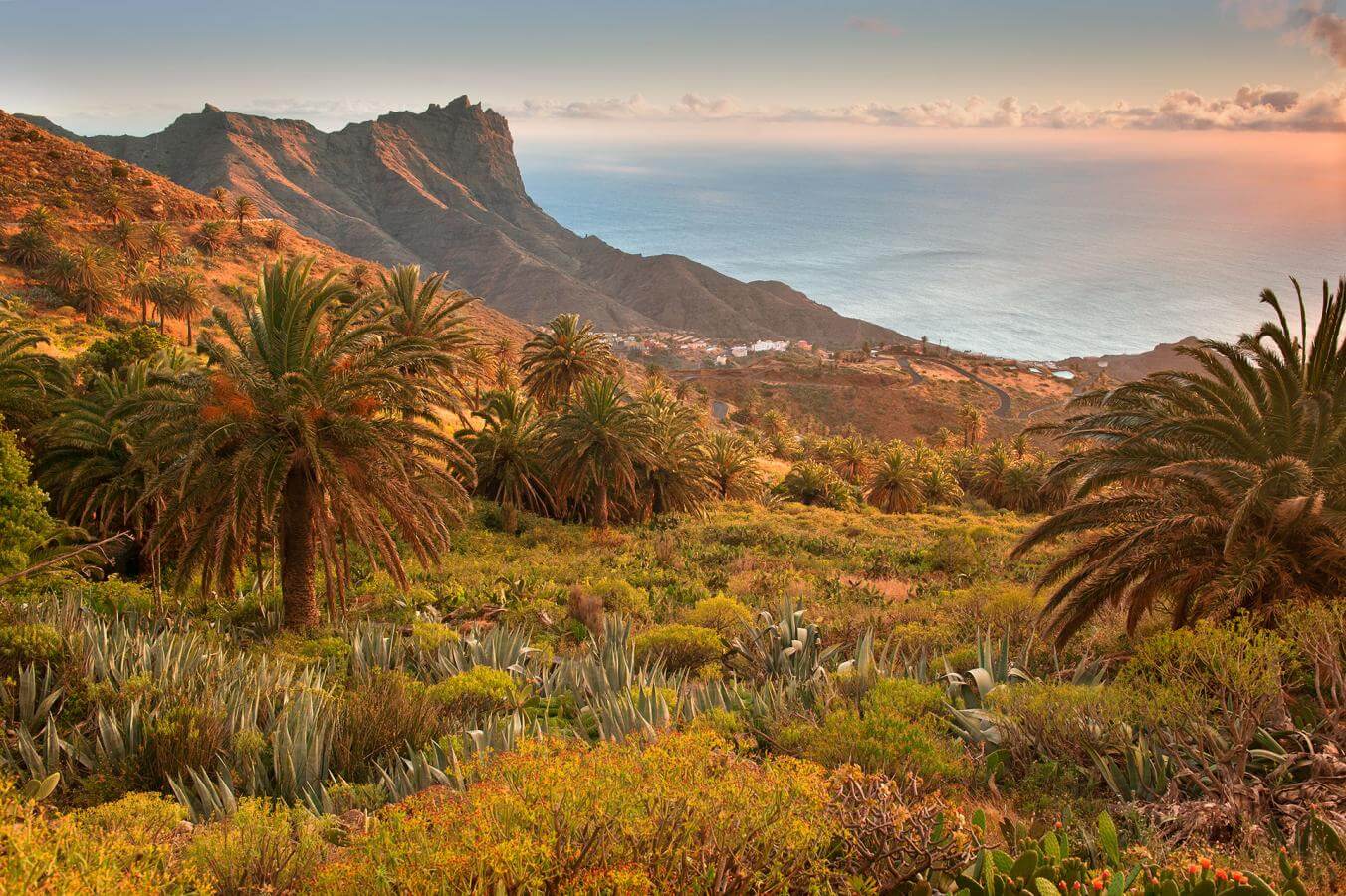
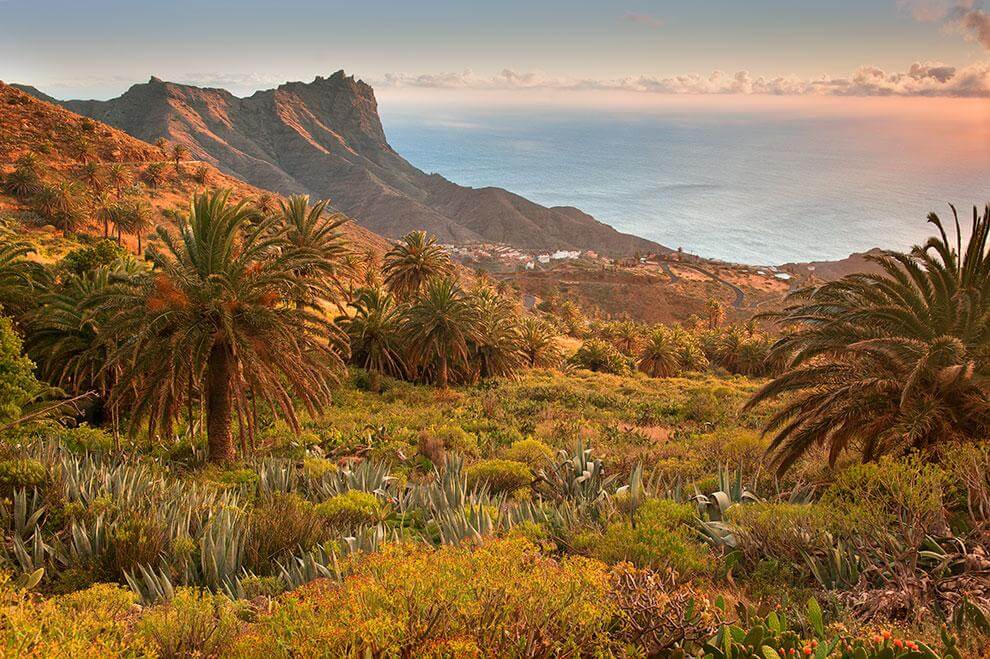
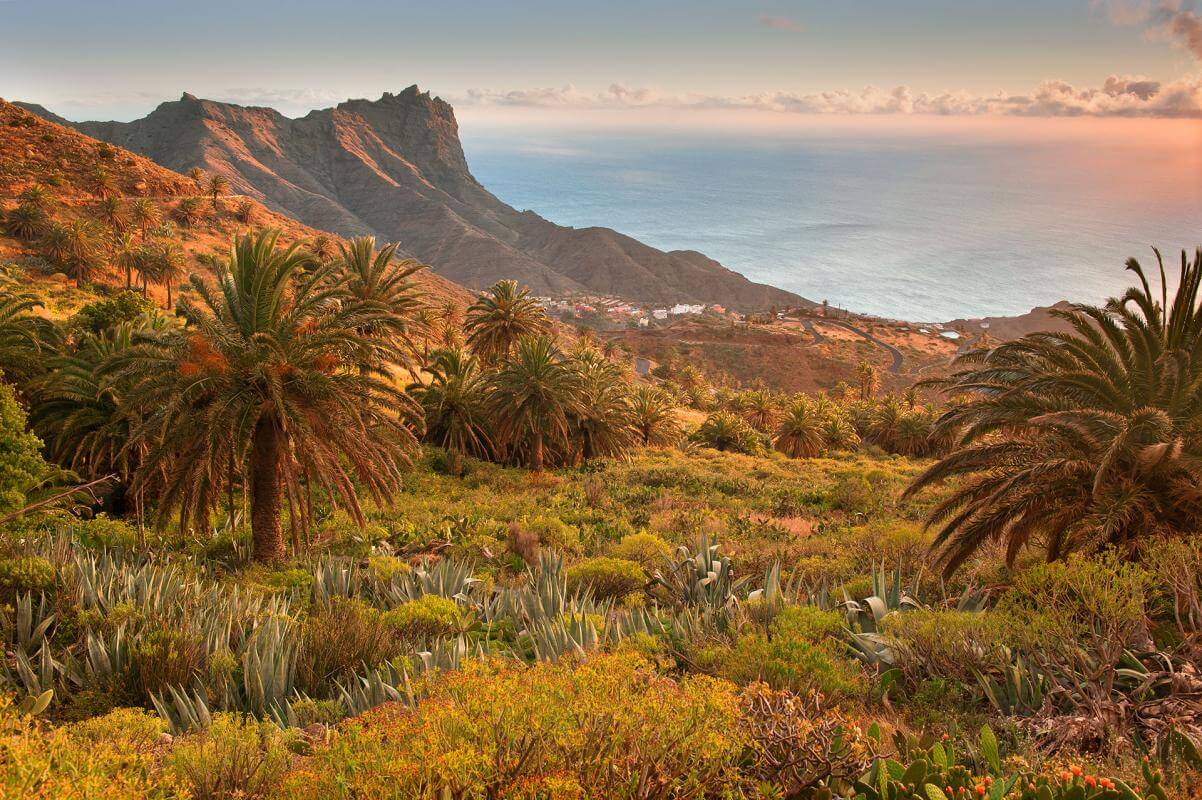
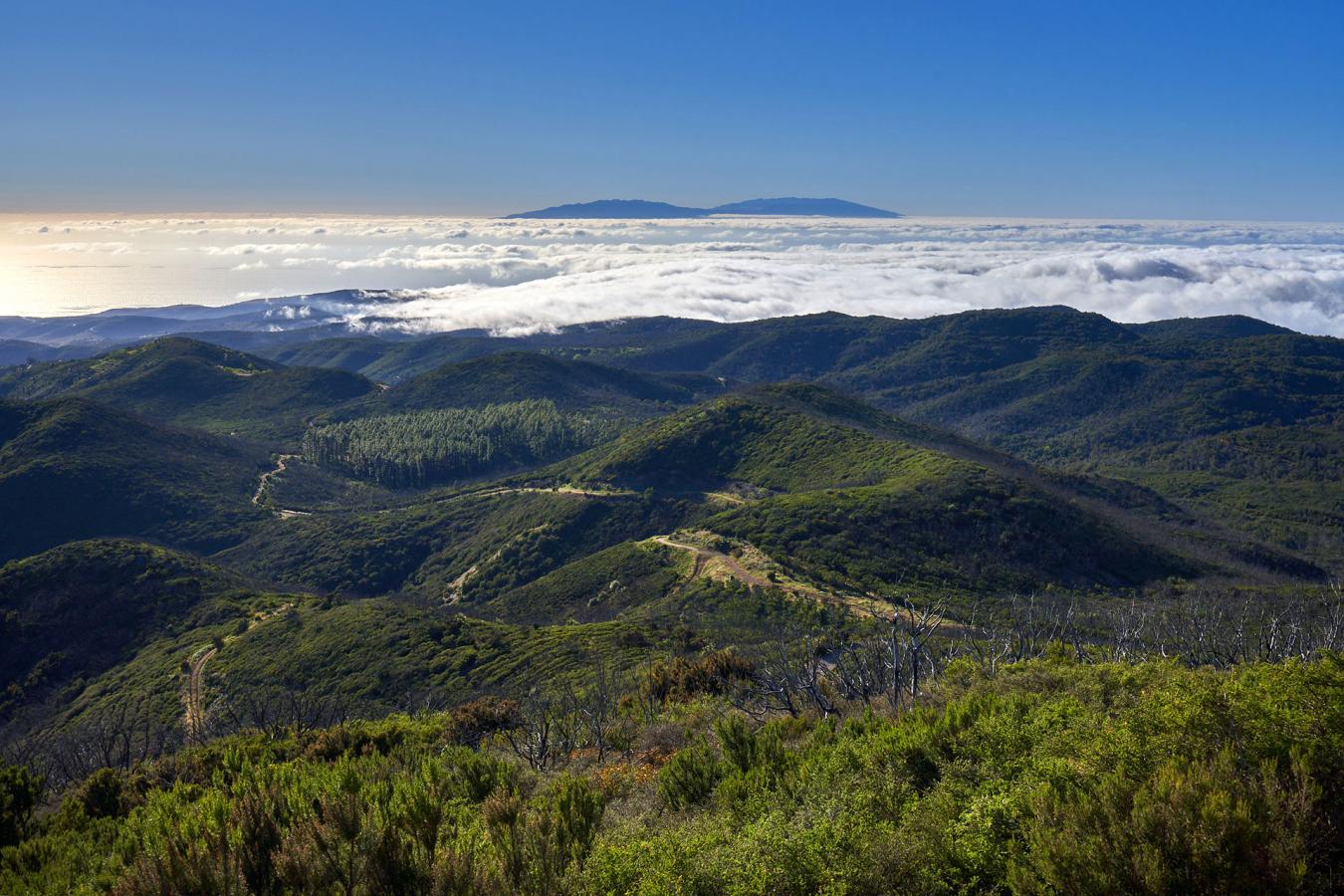
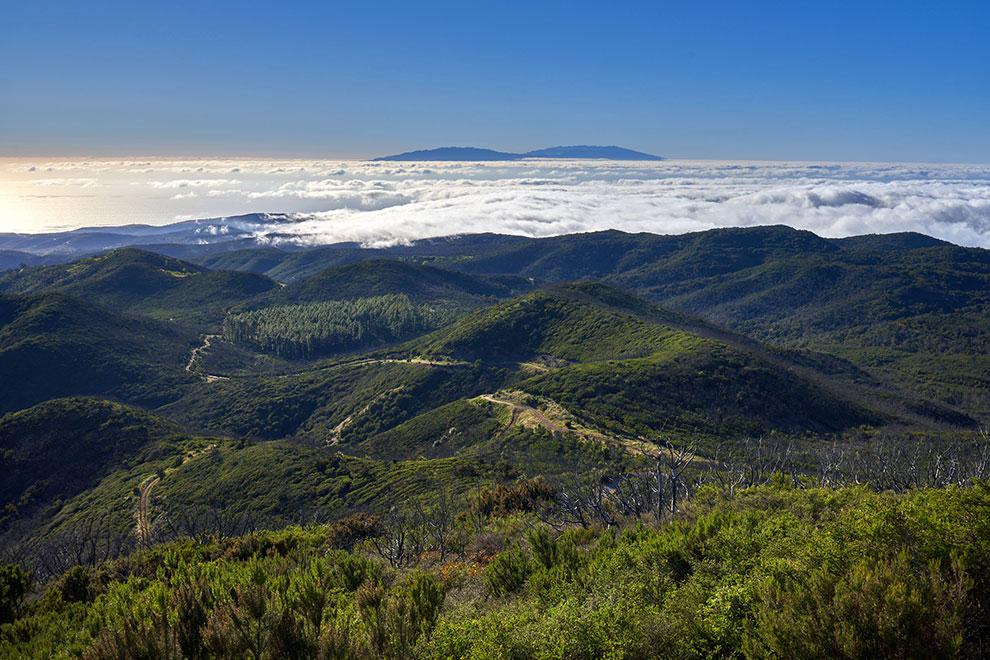
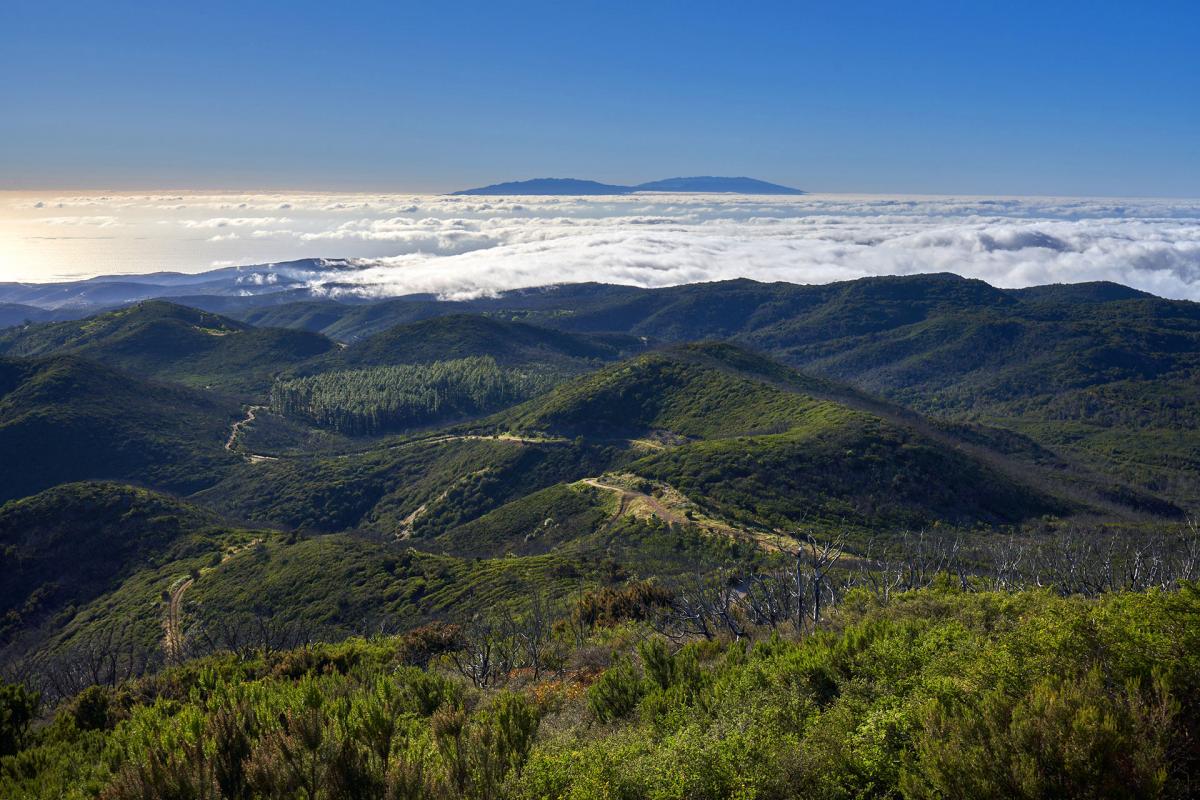
Forest Treasures of the Tertiary Era
Garajonay National Park is recognized as a World Heritage Site by UNESCO. It has one of the best examples of laurel forest, a humid forest of varied evergreen species that in the Tertiary period covered practically all of Europe, but that today is preserved in very few redoubts such as this island of virgin nature. Hiking through the park allows us to appreciate the splendor of the laurel forest, with its climbing shrubs, mosses and the world of fungi that live around it. Through the Meriga route, in the municipality of Agulo, we can appreciate trees up to 35 meters high with vines, which form amazing galleries flanked by ferns. “It impresses one due its beauty and for its mysticism. In this forest we understand why nature is a legacy that we must preserve,” explains Amparo Herrera Rodríguez, guide of Garajonay National Park.
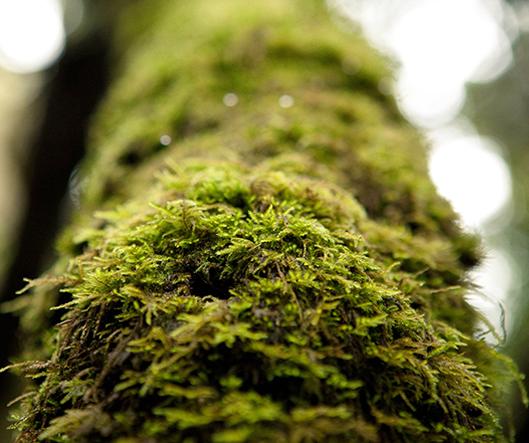

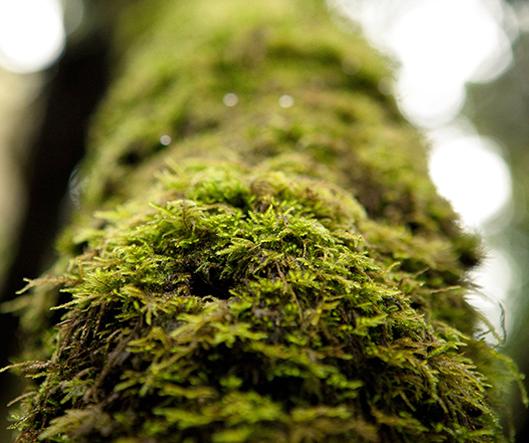
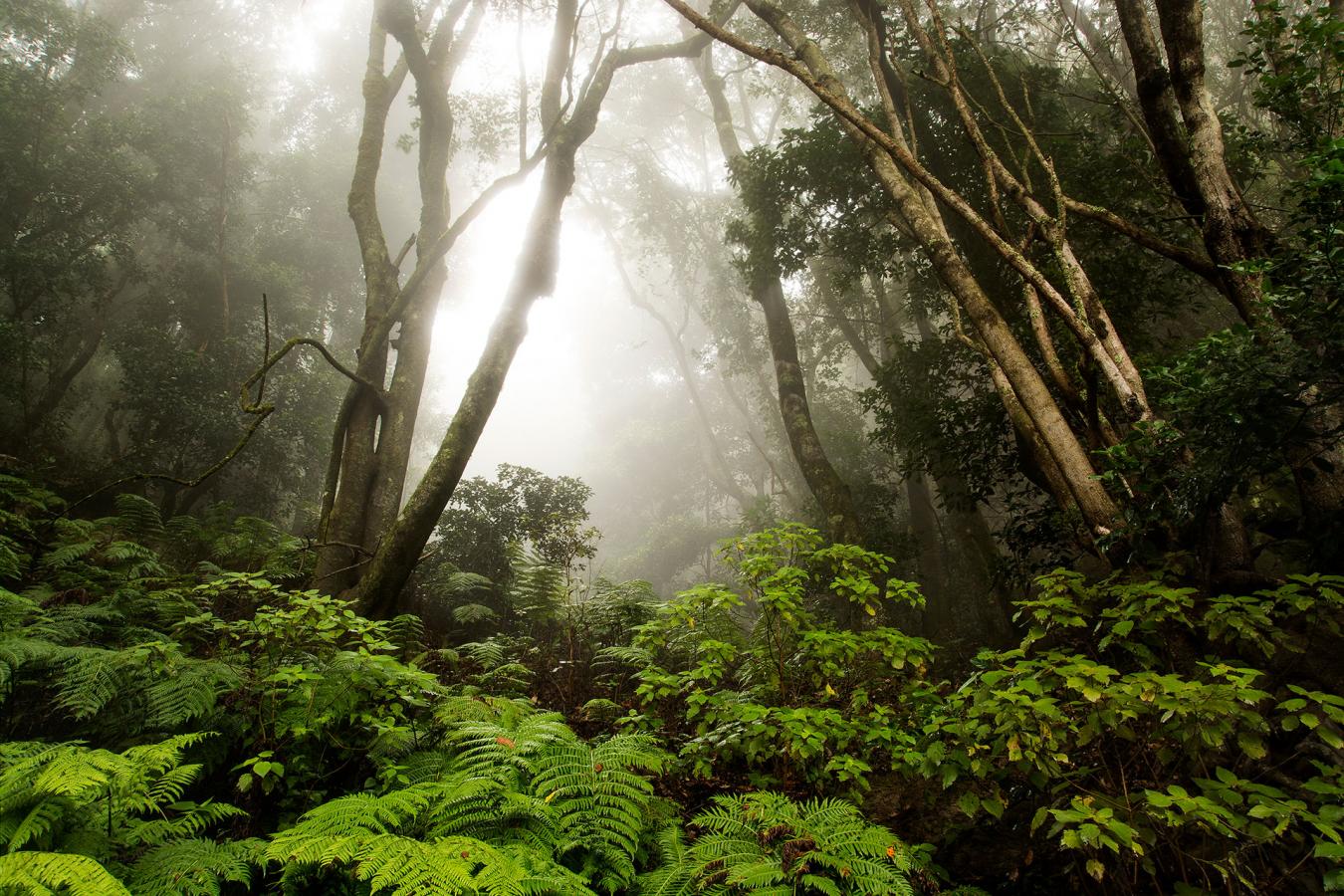
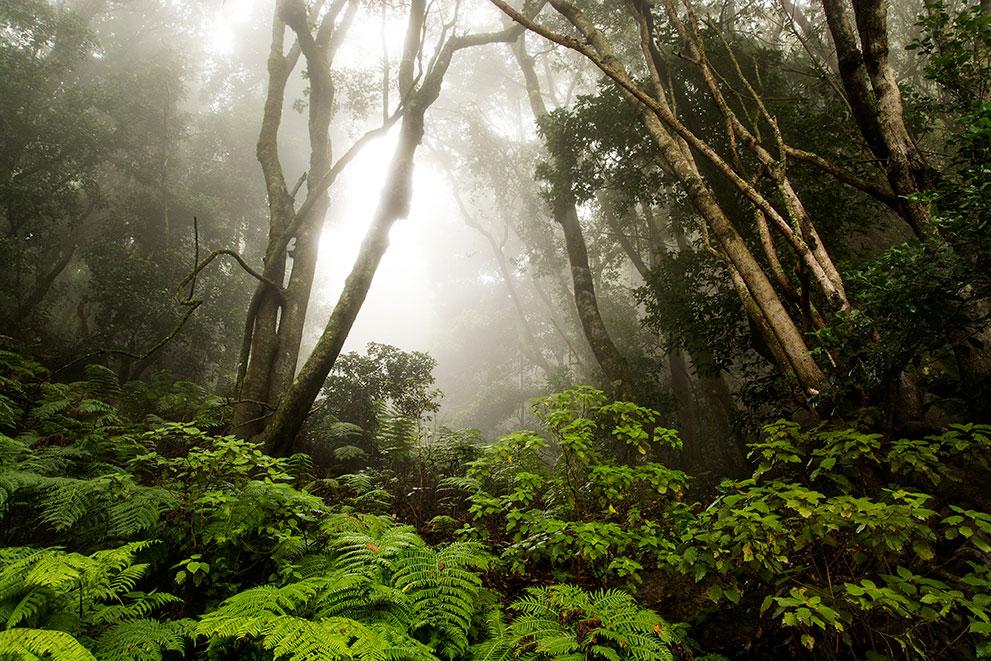
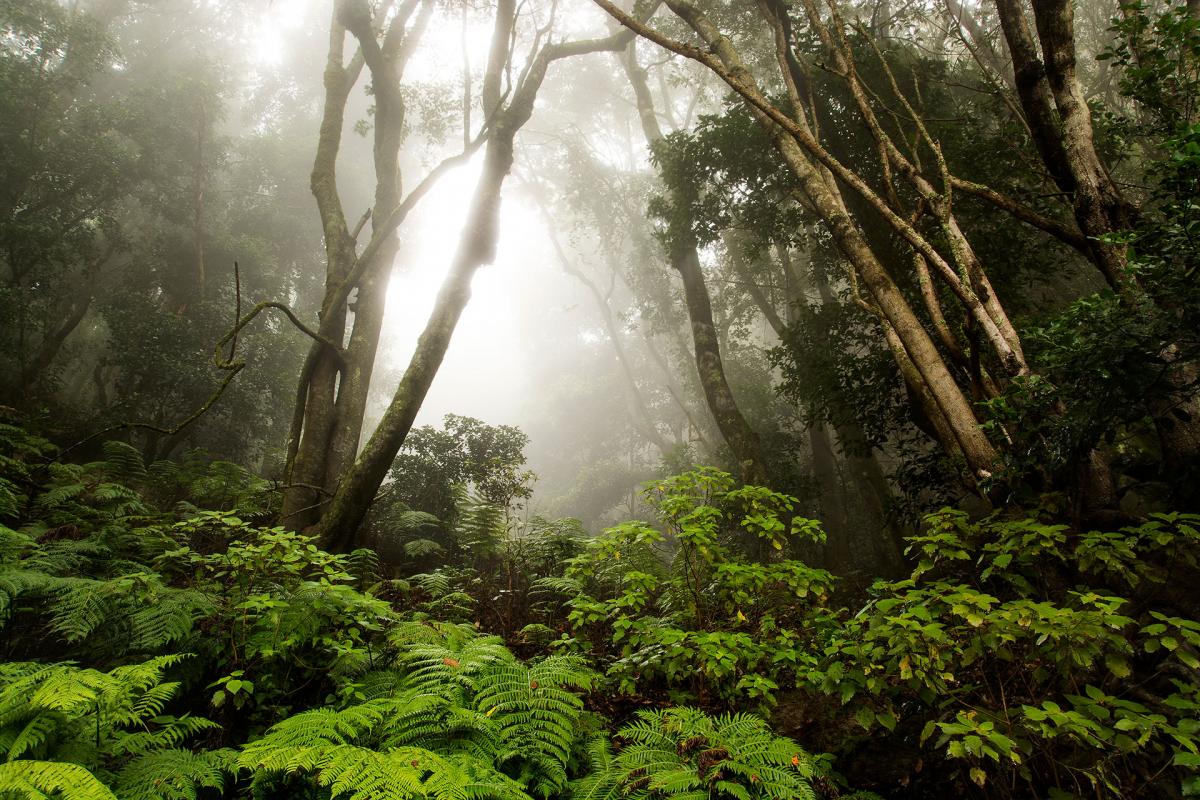
The Jewel of Insular Fauna
The giant lizard of La Gomera is one of the four most endangered reptiles on the planet. It was rediscovered a few years ago in the cliffs of La Merica, in Valle Gran Rey, and until then it was considered extinct and was only known from discovered fossils. They are specimens of more than one meter in length that also take us back many, many thousands of years ago. Three more reptiles are endemic to the island. They inhabit the coastal areas of Vallehermoso and San Sebastián de La Gomera.
The island’s endemic fauna is also abundant; invertebrates are legion, especially in the laurel forest, where they play a key role in the life cycles of the forest. 153 species endemic to La Gomera are found in Garajonay National Park alone. Along with them, the avifauna stands out with the presence of 50 species, of which three are endemic, such as the Bolle and laurel pigeons, endemisms linked to the monteverde, the Eurasian woodcock and the giant lizard, which are authentic living relics.
